100m of palisade security fence supplied and erected in a bespoke green. This is to match new buildings erected by ED & W Bodman for a container storage facility near Swindon. Nov 2023

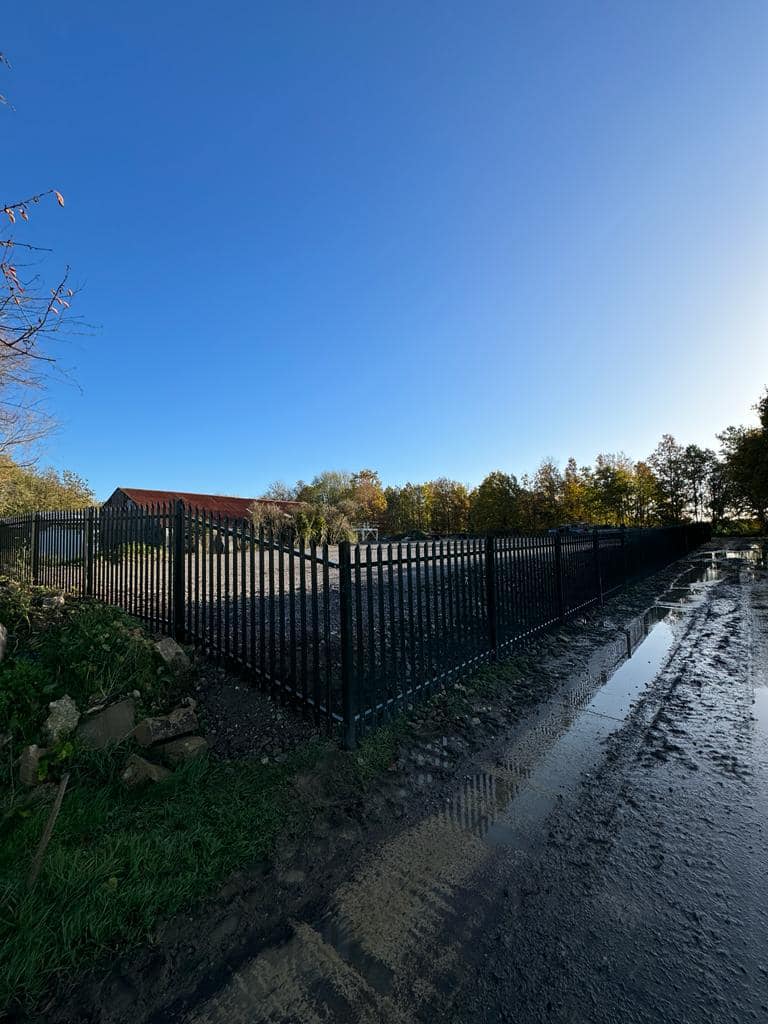
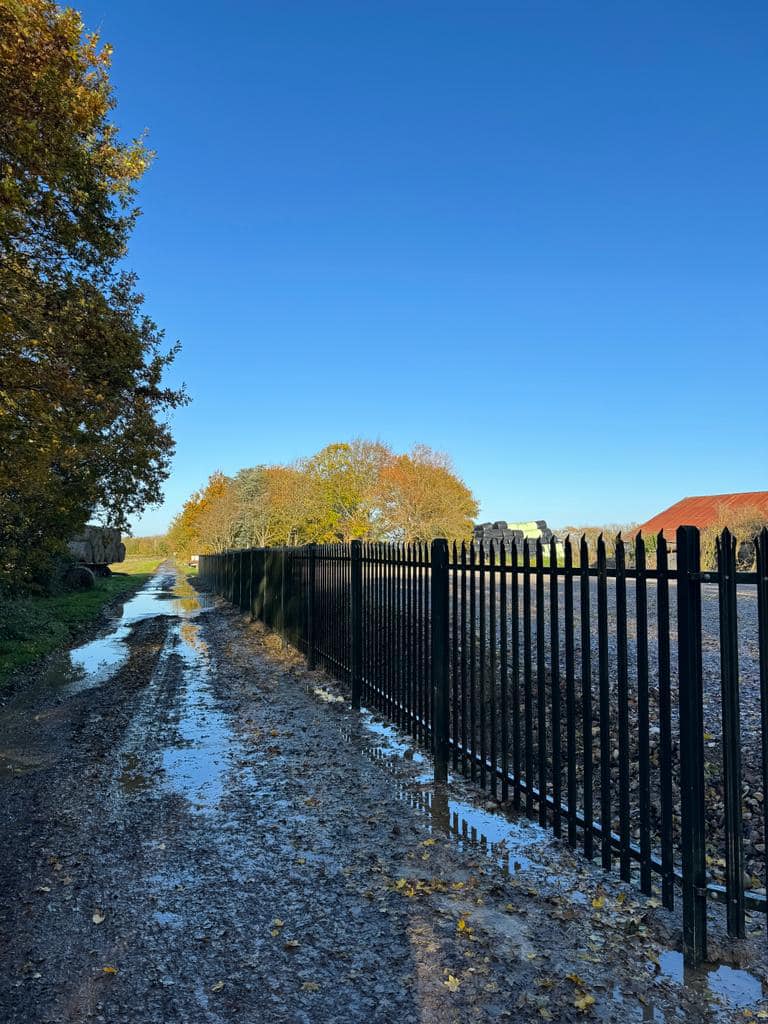
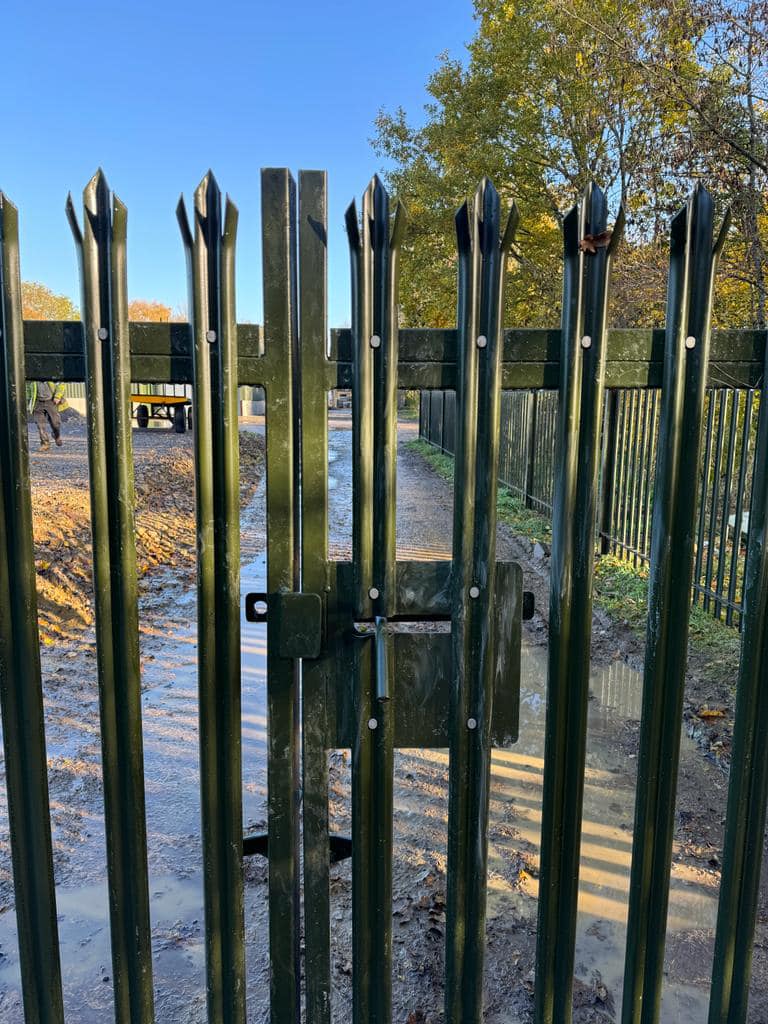
100m of palisade security fence supplied and erected in a bespoke green. This is to match new buildings erected by ED & W Bodman for a container storage facility near Swindon. Nov 2023




With all posts now in, there’s a suitable point to break for Christmas. a project which has been challenging at times.
A little more scrub to tidy up in 2024 and a few 1000m of netting to pull up.
The Compact Protech post driver is off to pastures new in January, with a new one ready to be collected.
New sign writing not so visible now!
The stack of timber and pictures do not do this project justice. We removed 15 very large poplars from a narrow and sometimes waterlogged strip of land between a security fence and an SSSI canal, then through a very small gate.
A great result which can only be described as a job that never went wrong but had its challenges!
Well Done – Scott, Cameron, Antony, Samuel and the team.
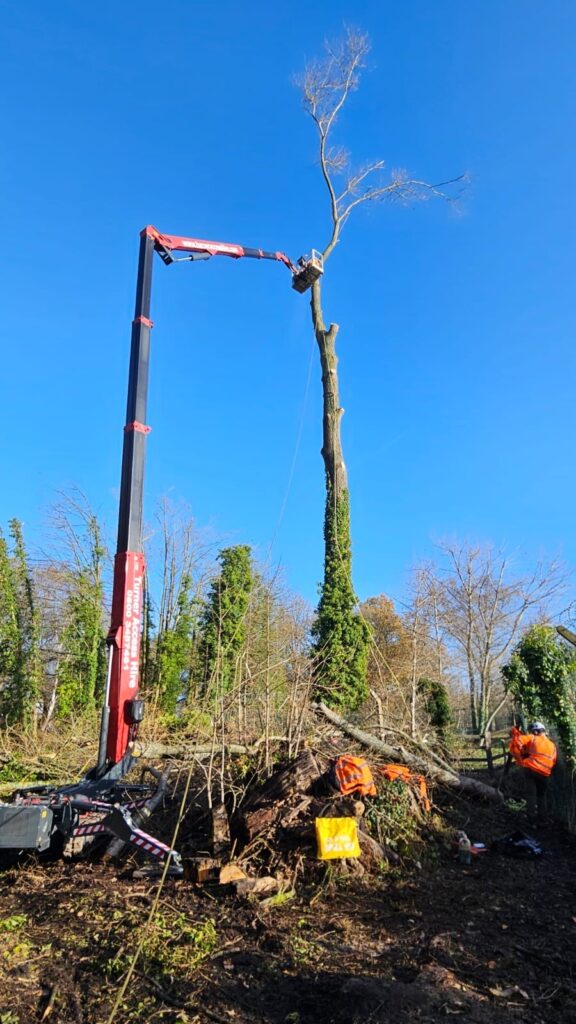
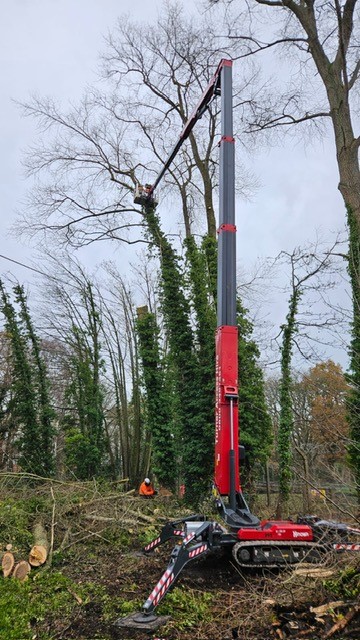
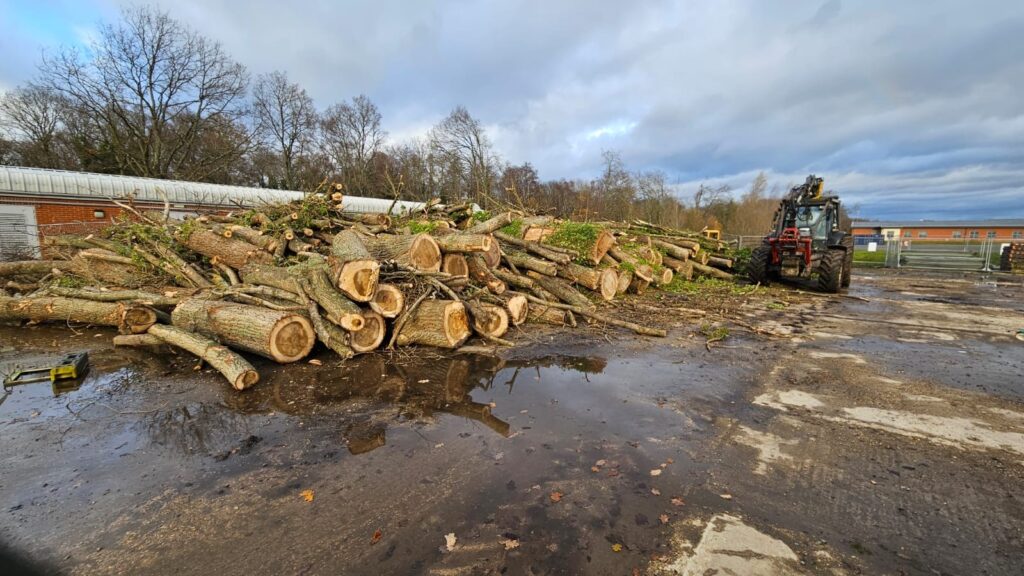
Hello,
We’ve had a few gremlins in our ‘sign up for news’ box, so please can you just email us on hello@ if you would like to be added to the news list?
We just ask for your first name, surname and postcode if UK and country if overseas.
Here are our contact details with full email address.
Thanks.
Works to remove large poplar trees in Aldershot.
The trees were over 40′ tall (the MEWP is 30m high)!
All timber had to be extracted through a small entrance with great care.
Some of the trees were hanging over an SSSI canal, which added to the complexity.
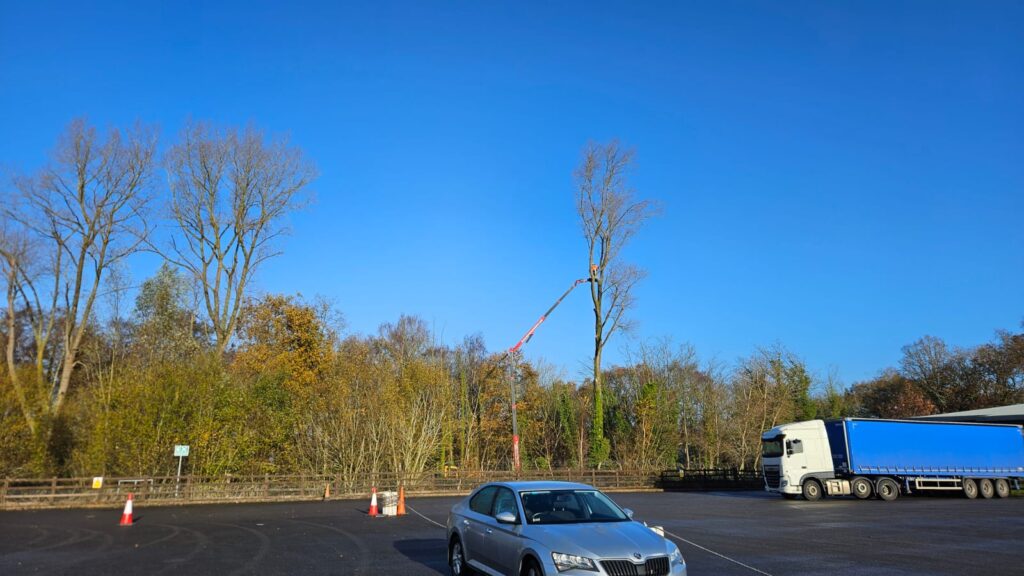
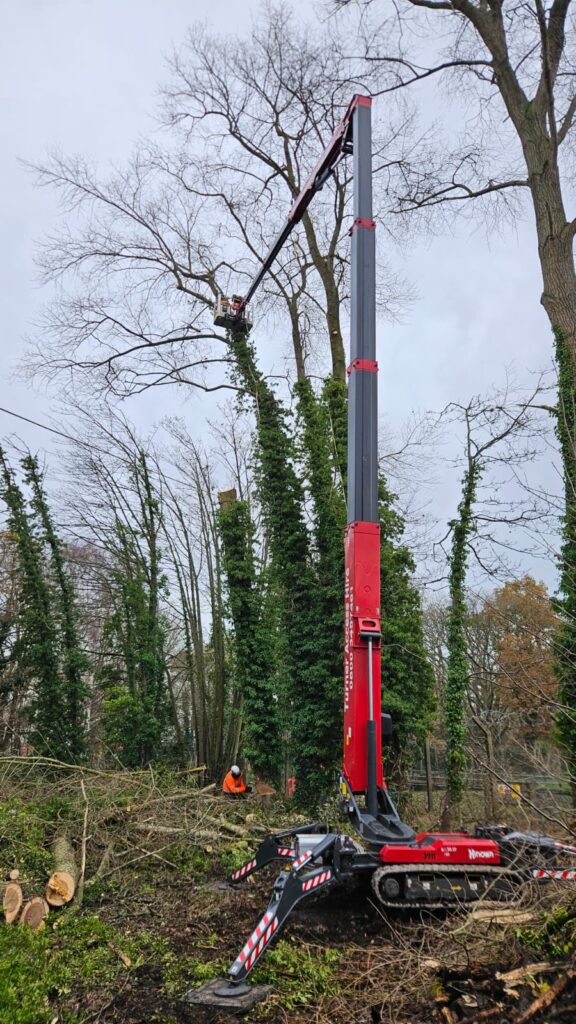
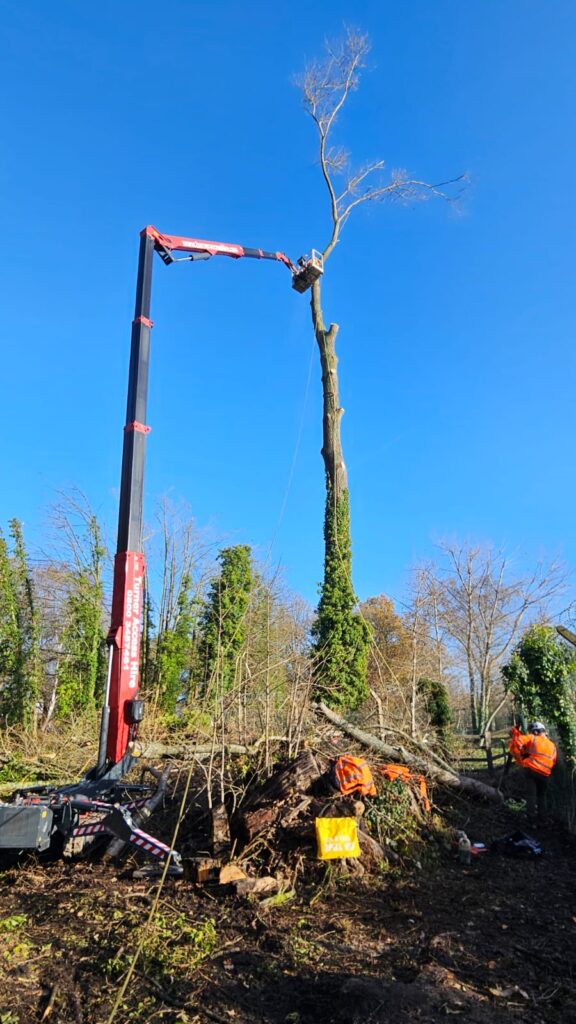
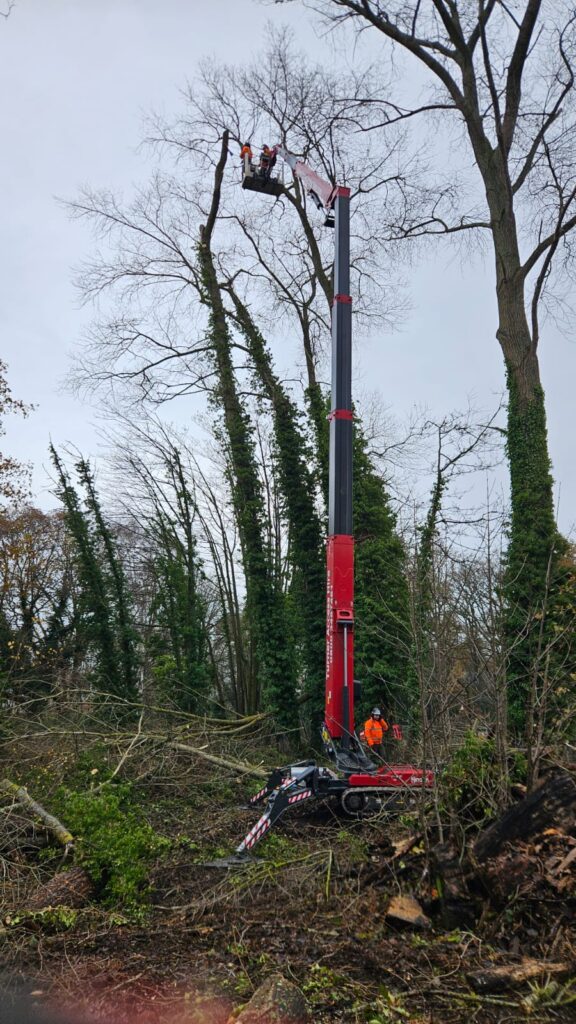
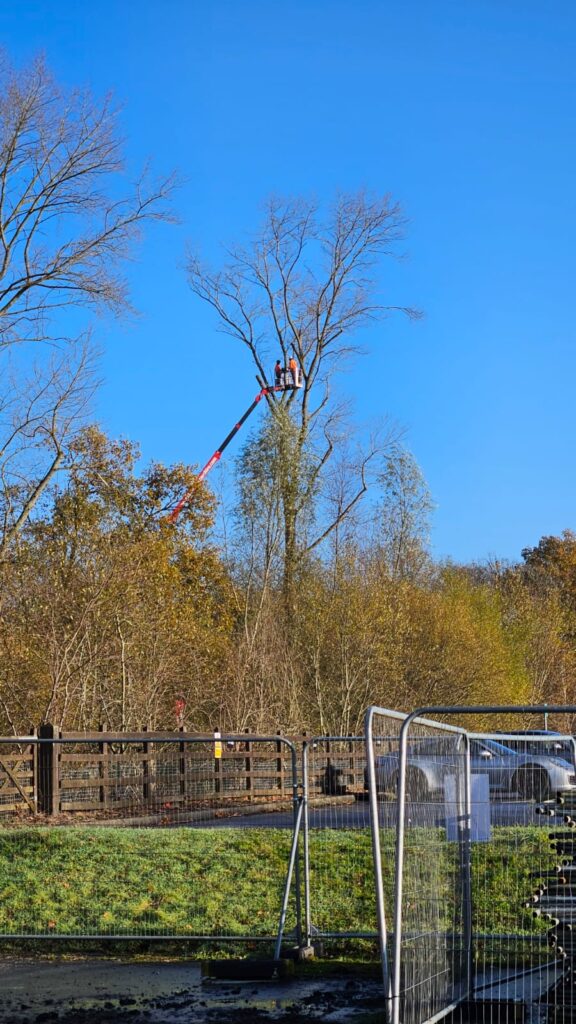
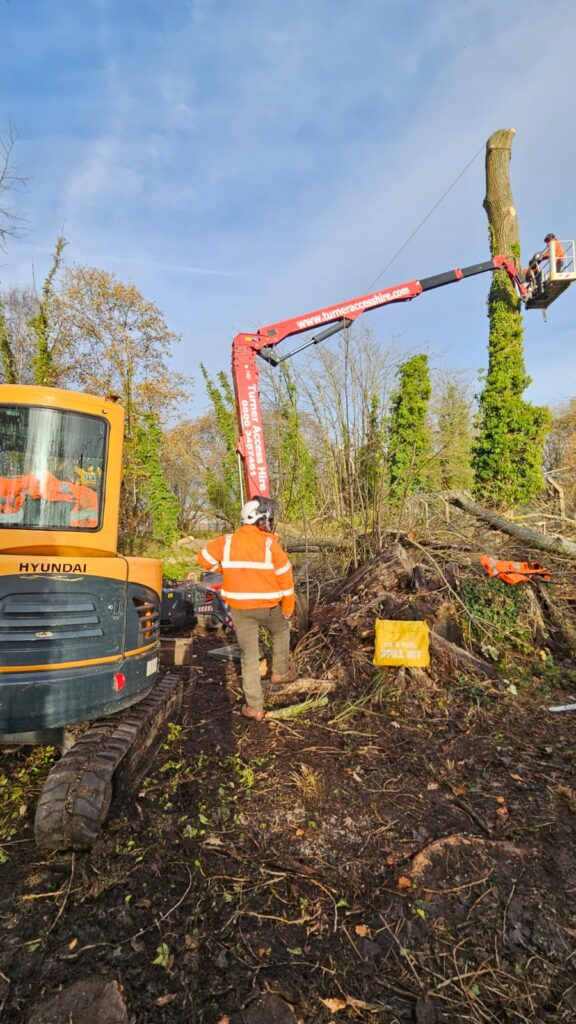
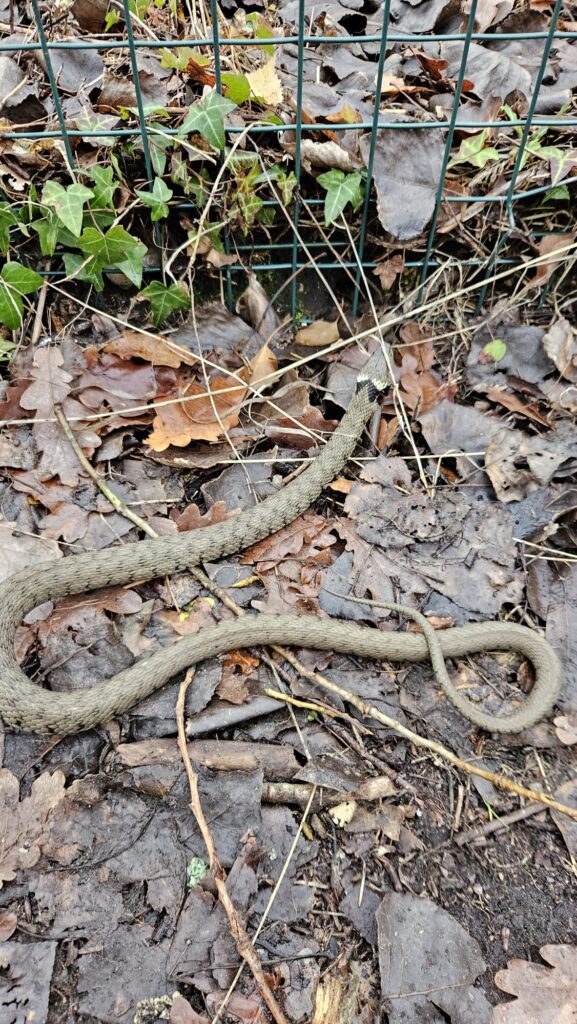
We thought we’d give you a flavour of what’s involved – and perhaps liken it in a way to an “Ofsted for Arborists”!
There are pages of reading if you are interested, but the essence of the inspection is as follows.
The ArbAC (Approved Contractor) Scheme sets a standard that is achievable by all good tree work contractors and is broken down into four modules as follows:
So typically, the inspection could follow this pattern:
Before the inspection takes place, we must submit all the paperwork, all our policies, eg H&S, Environmental, Bio Security, and all our procedures.
On the day, which starts at 8 and lasts all day, the inspection starts in the yard, observing how we store our fuel and chemicals, how we keep our equipment and machinery, examine certificates and licences for waste disposal, our vehicle records, our vehicles, and things like our fire extinguishers and first aid boxes and whether they are in date. Also, our machinery and our own internal inspection logs for items such as the chain saw maintenance and use.
We then go out on site where the work must demonstrate a lowering operation using the rigging equipment. The inspectors quiz the team on site, observe, see how the team interacts and makes best and productive use of the space and how the site is set out, cross-referencing to the risk assessment done for the site. And if, for example, we needed to set up the portable refuelling station, the inspectors see where it has been sited, ensure the spill mat is used and then put away properly, and then that the whole site is cleared up.
The next part of the assessment is to visit a job to examine work previously undertaken, to see perhaps examples of reduction/thinning, looking at before shots and examining the cuts/ the angles of cuts, the percentages of crown reduced, why reduced etc.
Then back to the yard for further examination of paperwork/procedures and processes and a debrief. We have of course to show all the training undertaken for all staff for example first aid/chain saw use and maintenance/felling small trees/climbing using rope and harness, large tree rigging, and dealing with multiple windblown sites.
See too our Accreditation page on our website for details of our ISO and other accreditations.
Final finishing touches to more stock fence up on the misty hills of Wiltshire today with Tristan and Tad, another 1000m ticked off the list!
For details of all our fencing services, please check out the link here.